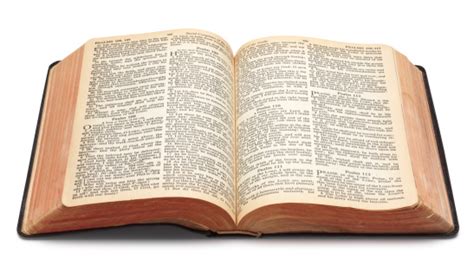Well, I'm not going to read all these books this afternoon.
You: Cite your source!
Me: Okay, here are my best sources.
You: I'm not reading all that. Condense it for me.
Evidently, you have homework to do. You aren't familiar with this aspect of Reformed theology and that's okay, but I'm not doing your homework for you. (If you want to start with just one book, I would recommend Horton.) My creationist view presupposes and is informed by a strict Reformed covenant theology, which is a subject for a different debate.
To further help you with this distinction, I would recommend that you learn about and understand something called a redemptive-historical hermeneutic. Scripture is no bare history of God's people nor moral lessons with personal applicability. A redemptive-historical hermeneutic interprets what happened, from Eden onwards, in terms of what it means in the overarching Christ-centered story of God's redeeming work. It treats all of scripture—both Old and New Testaments—as a unified narrative centered on God's plan of redemption through Jesus Christ in a covenant framework, progressively revealing how Christ is—and always has been—the fulfillment of God's every promise, the first of which was uttered in Eden, rather than merely presenting historical information or moral examples to imitate. The Bible from cover to cover reveals redemptive history.
I should have put "theoretical evidence" in quotations. You missed the nuance. My bad.
It is "theoretical" because they extrapolate a "theorem" from a "hypothetical" half-life rate of decay of radiocarbon. It's a hypothesis, not "evidence."
Evidently, you have more homework to do.
The half-life of carbon-14 is not a hypothesis but an empirical measurement, directly observed for decades under laboratory conditions by counting the decay events of known quantities of carbon-14 using high-precision instruments. Over the last 70 years, its value has been repeatedly confirmed and cross-validated by multiple independent lines of evidence—tree rings, lake varves, speleothems, corals, and ice-core beryllium-10—all of which converge in the internationally curated IntCal20 calibration curve.
(And a half‑life of 5,730 years is short enough that you can watch the activity drop measurably in a matter of months; you don't need to wait almost six millennia to confirm it.)
The decay rate is empirical
evidence. The
theory is the quantum mechanics that explains why unstable nuclei decay at a constant probability per unit time—namely, quantum tunneling and the mathematical structure of time-dependent wavefunctions in unstable systems. The observed half-life plugs into the theory; it is not deduced from it. Calling the measured constant "hypothetical" reverses the actual order—first we observe (evidence), then we devise explanations (theory) for what we observe.
Do we measure elemental carbon? If not, that's moot.
It was not moot at that point of the conversation. You had invoked something called "theoretical evidence" and pointed to "carbon" as an example. "How long does carbon exist in the form of measurable carbon?" you asked. I had no idea what you were talking about; it could have been ¹²C, ¹³C, or ¹⁴C. (Yes, we measure stable carbon—obviously. How do you think we get the ¹⁴C/¹²C ratio? Counting atoms.)
So, they keep moving the goalposts on radiocarbon. A few decades ago it was 20k years, then 25k and 30k, now I read the consensus is 50k, and you cite 60k... sooo, I figure in a few years we'll be up to 4 billion, just keep at it! Radiocarbon dating.. "safe and effective"!

More homework would help here, too.
Early radiocarbon dating from the 1940s to the 1960s could only measure decay events (beta counting), which required gram-sized samples and couldn't detect anything older than 20ka to 30ka years. That was simply a limit on our detectors. With accelerator mass spectrometry (AMS) from the 1970s onward, scientists were able to measure much smaller samples and detect ¹⁴C/¹²C ratios down to parts per quadrillion. That extended the usable range out to 60ka years, where it has held steady for decades.
Curiously, Answers in Genesis puts the range at 80ka, for some reason (which they don't provide):
Scientists now use a device called an "Accelerator Mass Spectrometer" (AMS) to determine the ratio of ¹⁴C to ¹²C, which increases the assumed accuracy to about 80,000 years.
-- Mike Riddle, "Doesn't Carbon-14 Dating Disprove the Bible?" in The New Answers Book 1: Over 25 Questions on Creation/Evolution and the Bible, ed. Ken Ham (Master Books, 2006), 80.

